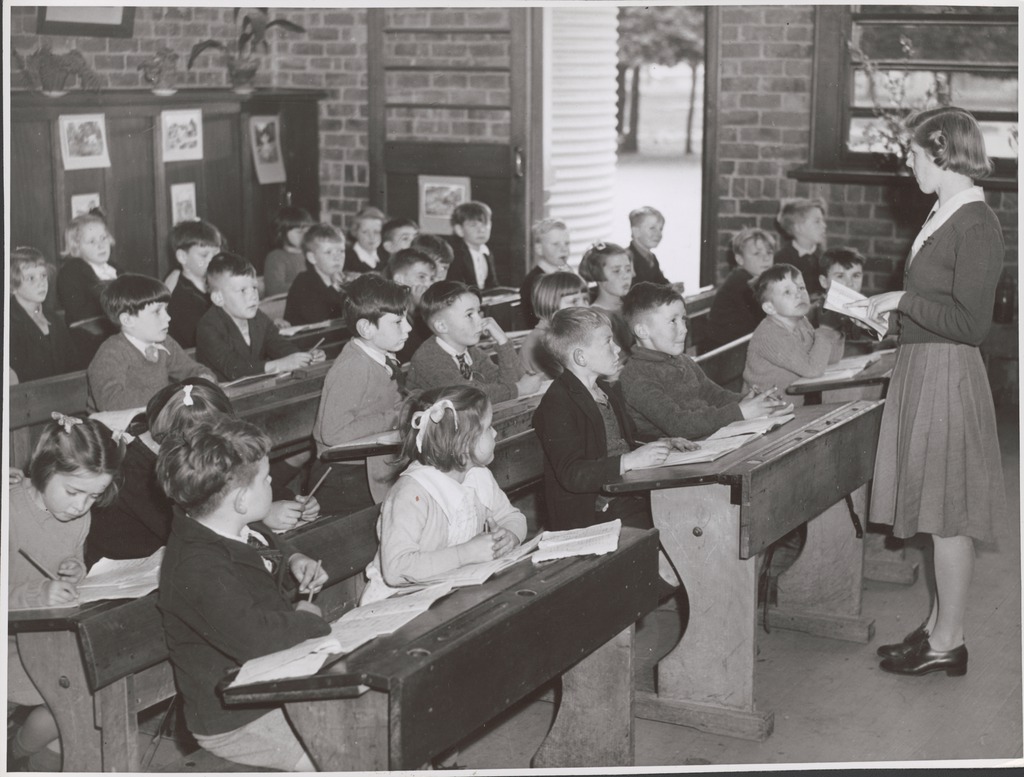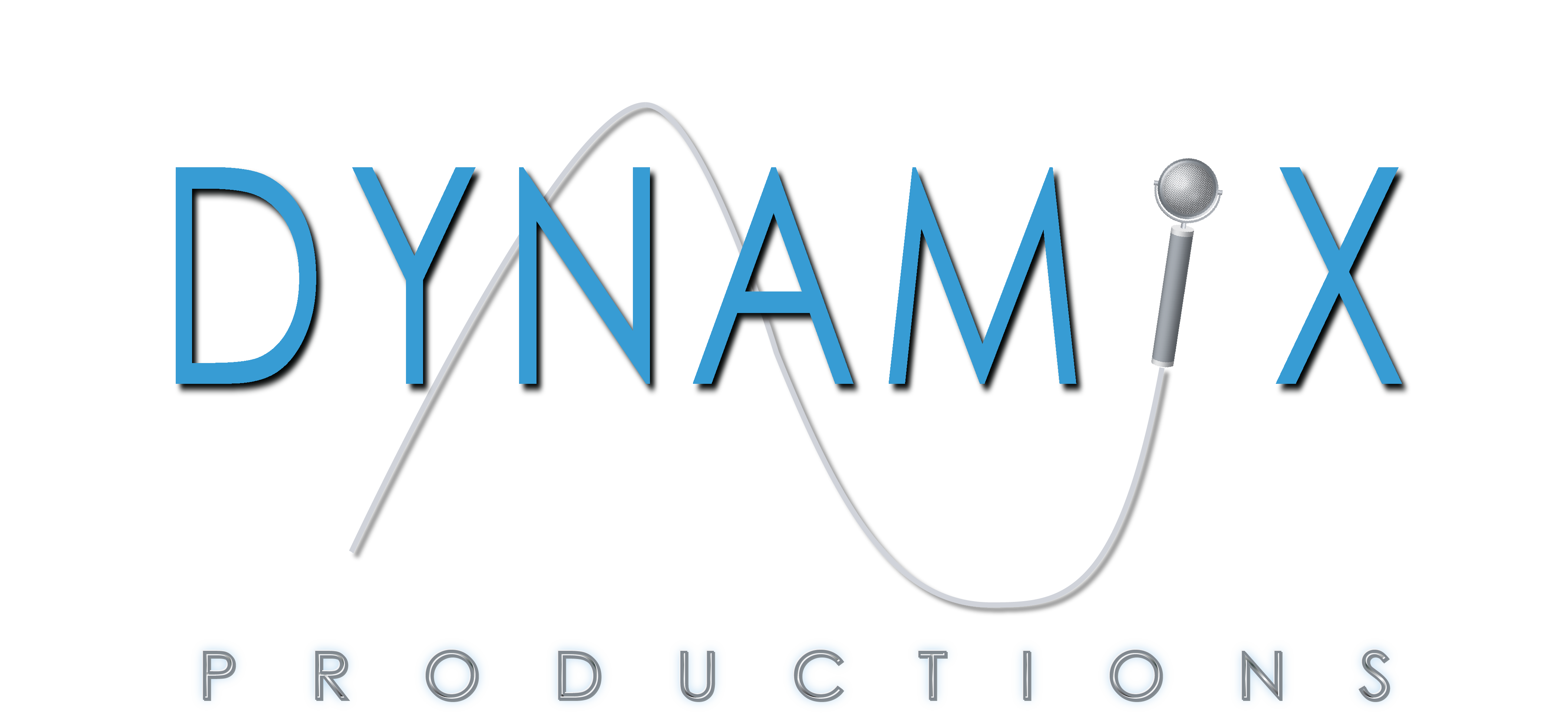
"I used to judge the quality of music by whether I could make a 90-minute cassette and not repeat any artists."
John Hughes
What? Another old audio format is making a comeback? Yessiree! If you want to be hip, then dust off your old Sony Walkman. But like me, you've probably dumped all your old cassettes along with your floppy disks and Trivial Pursuit. These days, my pocket can carry the same amount of music that drawers and drawers of cassettes can.
But there are people who want to drag this once noble king of convenience from its analog obsolescence. These "people" are the new generation (and some older generation holdouts). They not only cherish the dejected and ejected cassette, they find it useful and economical. Sure, hipsters have latched onto the little magnetic wonder as a cool throwback, but resourceful indie musicians are leveraging the 50-year-old format as a distribution method.
Rewind
Before we find out if Maxell has cast a spell on these analog lovers or if there really is some merit to keeping these relics around, let's rewind back to the beginning. In 1962, the same year the Beatles released "Love Me Do," Philips released the "compact cassette." With some sound quality improvements over the next decade, the cassette replaced 8-track and reel-to-reel tapes as the consumer preferred recording format. Further improvements in the 1980s and 90s made the cassette a staple of radio reporters, home music studios, police departments, courtrooms, and schools. As a radio producer, I routinely recorded field interviews, sound effects, and programs on cassette. By the late 1990s, a top-end cassette deck mated with the latest high-biased tape could yield an incredibly satisfying recording worthy of the most critical audiophile snobs (including me). But it was too late, digital audio tape (DAT) had already become the new portable standard.
Six Percent
Compared to recording studio master tapes used in the day, the cassette used just six percent of the surface area and ran at just six percent of the speed. The audio fidelity is limited (worse than FM radio), the audio is over compressed (to fit into the tiny recording space), and there is considerable hiss. But during its heyday, it was the most convenient way to shuttle sound around, akin to the mp3 today.
Cassettes weren't limited to recording audio, they were also used for data storage. Computers in the 1960s and 70s utilized the small and affordable format. Interestingly, data storage onto cassette is still viable. In 2014, Sony squeezed 185TB of data onto a modified cassette. That's 185 terabytes, as in 370 BlueRay discs - or 3,936 DVDs - or 28,460 CDs - or 7 months of music.
The Home Studio Revolution
In 1979, Tascam introduced the Portastudio 144, the world's first 4-track cassette recorder. It enabled tracking and overdubbing, just like the big boy reel-to-reels in recording studios, but on a budget. To reduce the obvious noise and low fidelity issues that cassettes have, high-bias metal tapes running at double-speed were used. Later on, 8-tracks were squeezed onto an audio cassette, only made possible by employing noise reduction. The quality was acceptable enough that a few major artists actually released albums produced on these 4- and 8-track recorders.
Have They Gone Mad?
Why on earth would a musician sell their music on an analog cassette when we have CDs, mp3s and Soundcloud? I remember tape hiss, wrinkled tape, and the warble of tape dragging on the heads. Why would someone risk these drawbacks? Because releasing tunes on the more desirable analog format, the vinyl record, can be cost prohibitive. To cut just one-hundred vinyl records will set you back a minimum of $10 per disc. Having a hundred music-quality cassettes duplicated will cost about $3.50 each, and a lot less if you dub them yourself. In addition to cost, a cassette can be unique. Handing someone a cassette can pique their interest. They're more apt to play your little plastic fantastic than wade through lists of mp3 files.
Why don't you have your next production sound "classic." Come on in, I've just resurrected a 30-year-old Tascam cassette deck. We'll give your radio spot that unmistakable cassette warble...flutter...hiss. And I'll throw in the wrinkled tape for free.
More on the cassette:
The Cassette Revolution
Think the Cassette Tape is Dead?
TASCAM: 30 Years of Recording Revolution
The TASCAM Portastudio
Buying a Cassette Multitracker
Did You Know?
- There are four types of cassette tape, each with improved recording qualities over the previous type. Tabs and open slots on the top of the cassettes let advanced decks automatically select the tape type for playback and recording.
- Type I - the original normal bias
- Type II - chromium dioxide (CrO2)
- Type III - magnetite (Fe3O4) was short-lived and very rare
- Type IV - metal, or cobalt-absorbed iron oxide, a premium tape
- Most new cassettes sold today are either "Normal" or "Chrome," which may be a blend of one or more earlier coatings.
- The original Tascam 4-track Portastudio cost about $950 in 1979, that's about $3,500 today.
- Bruce Springsteen's Nebraska album was tracked on a Tascam Portastudio 144.
- Half of "Weird Al" Yankovic's first album was recorded on a Portastudio.
- Enter the Wu-Tang (36 Chambers), Wu-Tang Clan's debut album, was mixed down to a Portastudio 244.
- Hip Hop's development in the 1970s relied heavily on the cassette to record breakbeats.
- Each track of a cassette is only .021 inches wide, or 1/48th of an inch.
- A standard cassette runs at 1 7/8 inches-per-second (IPS).
- A typical 2-inch wide 24-track analog tracking recorder runs at 30 IPS.
- Early noise reduction for cassettes used Dolby-B, a broadband reduction that reduced hiss, but also made tapes sound dull.
- The much improved Dolby-C produced crisper treble and was backwards compatible with Dolby-B decks.
- Dolby-S was one of the last entries into noise reduction for cassettes, but was also the best from Dolby.
- Dolby-S, more complex than -B or -C, reduced tape mechanism noise and varied hiss reduction.
- A study by Dolby found most consumers couldn't tell a difference between a Dolby-S encoded cassette and a compact disc (CD).
- DBX was a competitor to Dolby-S with similar results.
Tags: Analog, Cassette, Maxell, LP, vinyl, 8-track, High-bias, Tascam, Portastudio, Hip-Hop, Noise reduction, dolby, DBX




